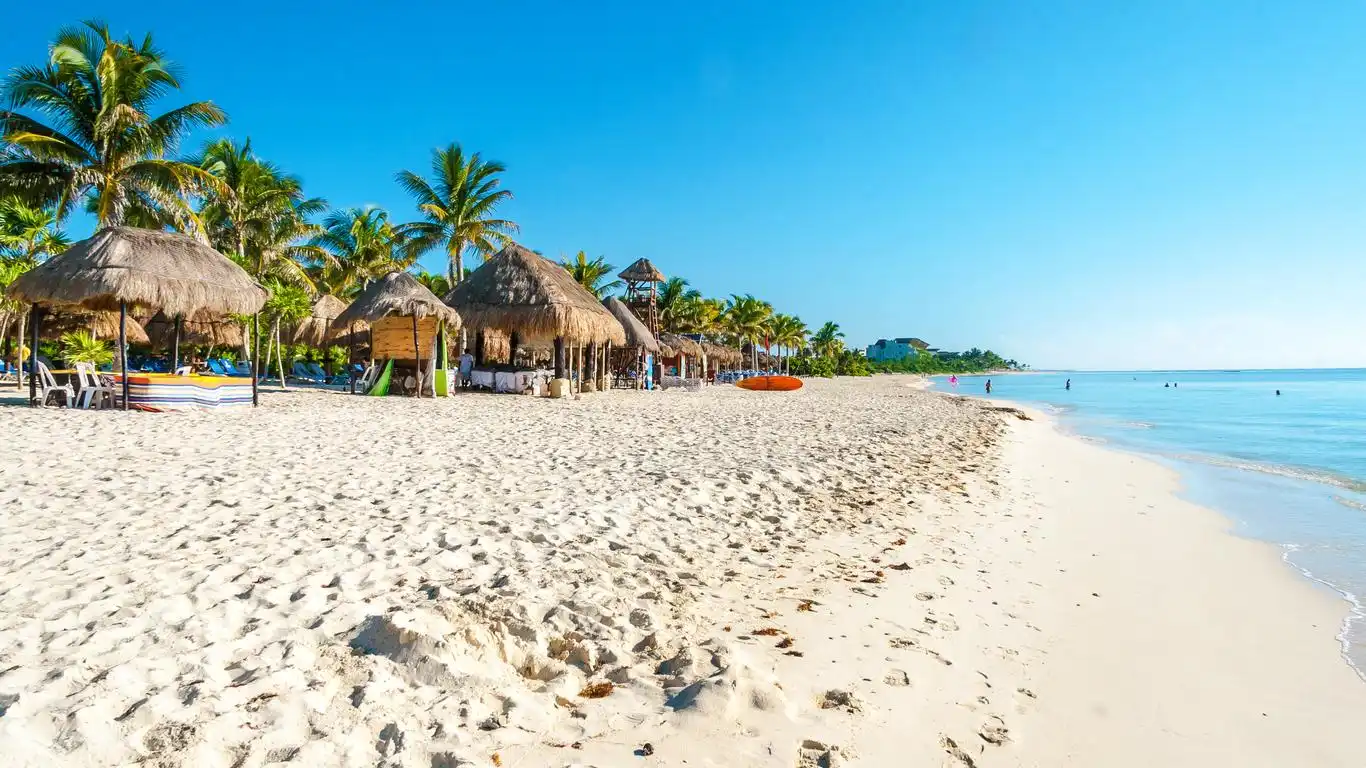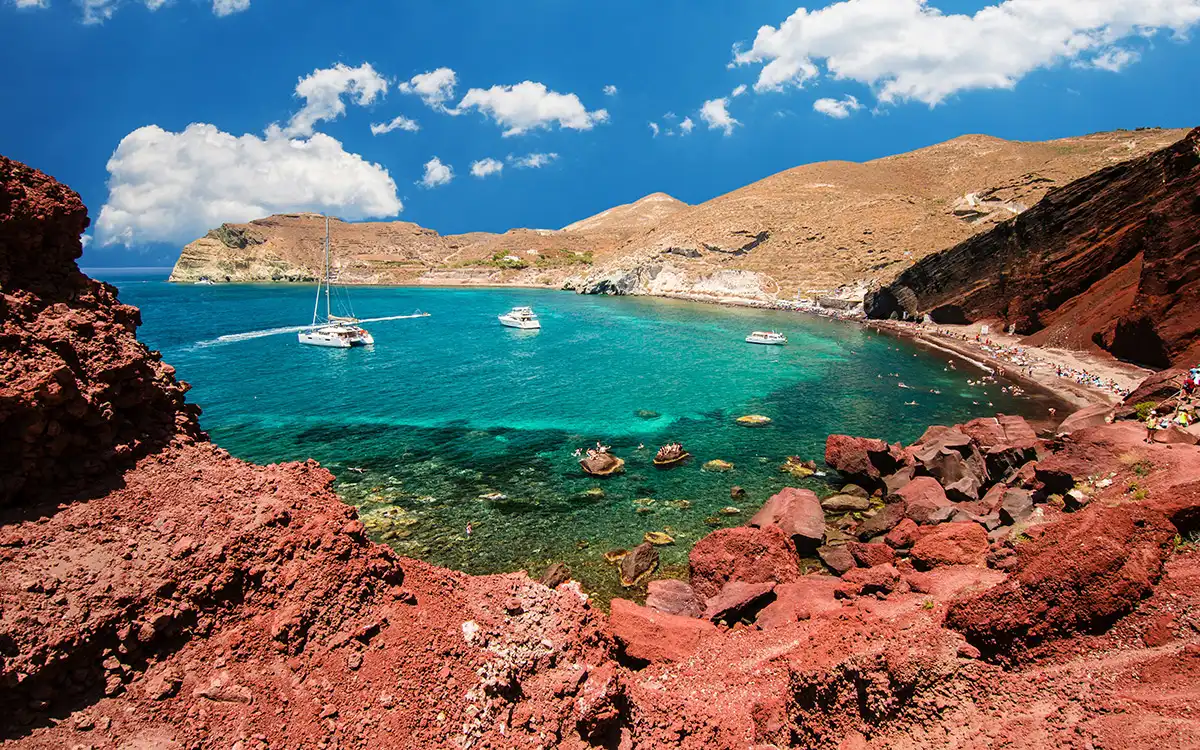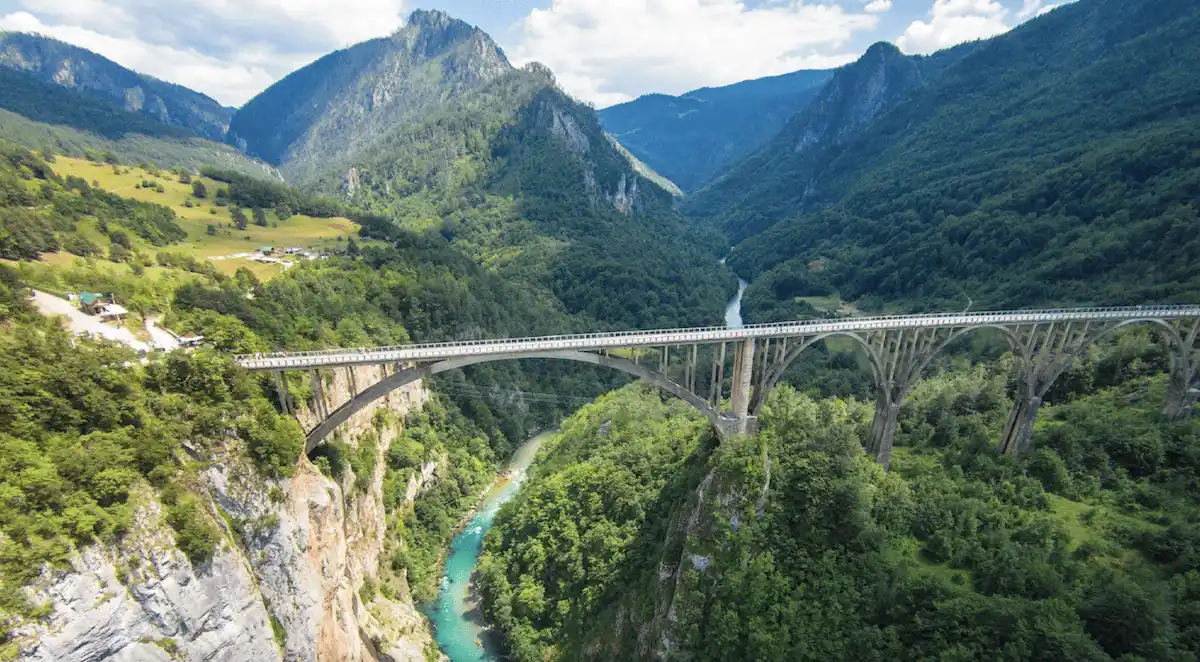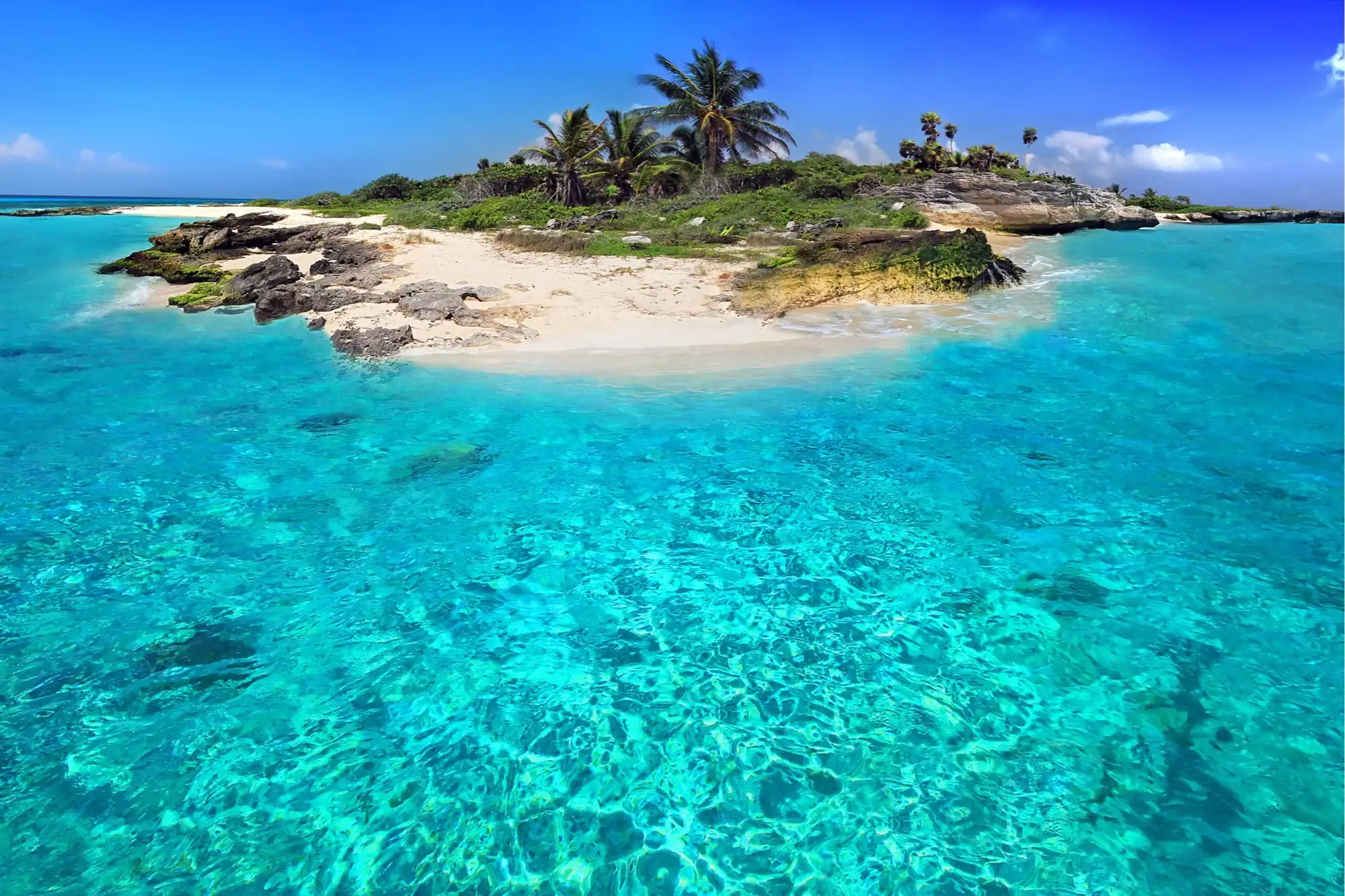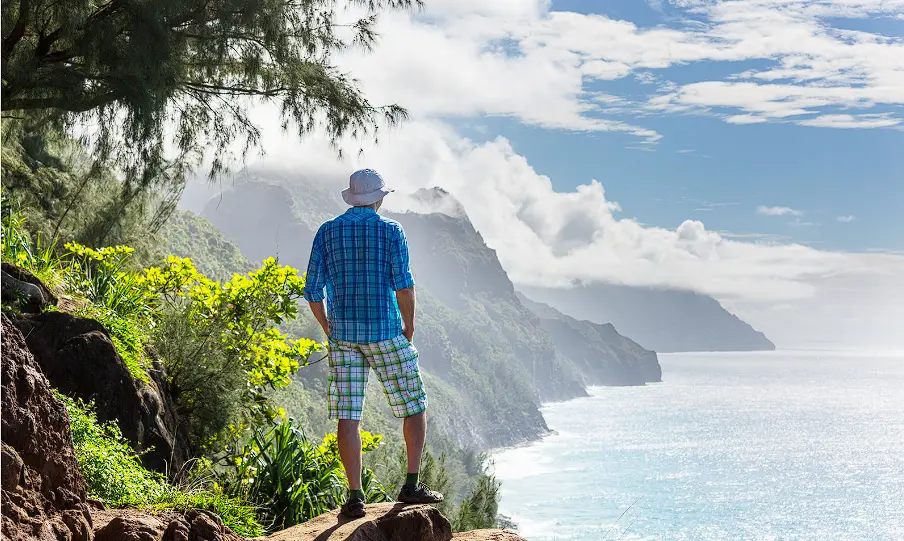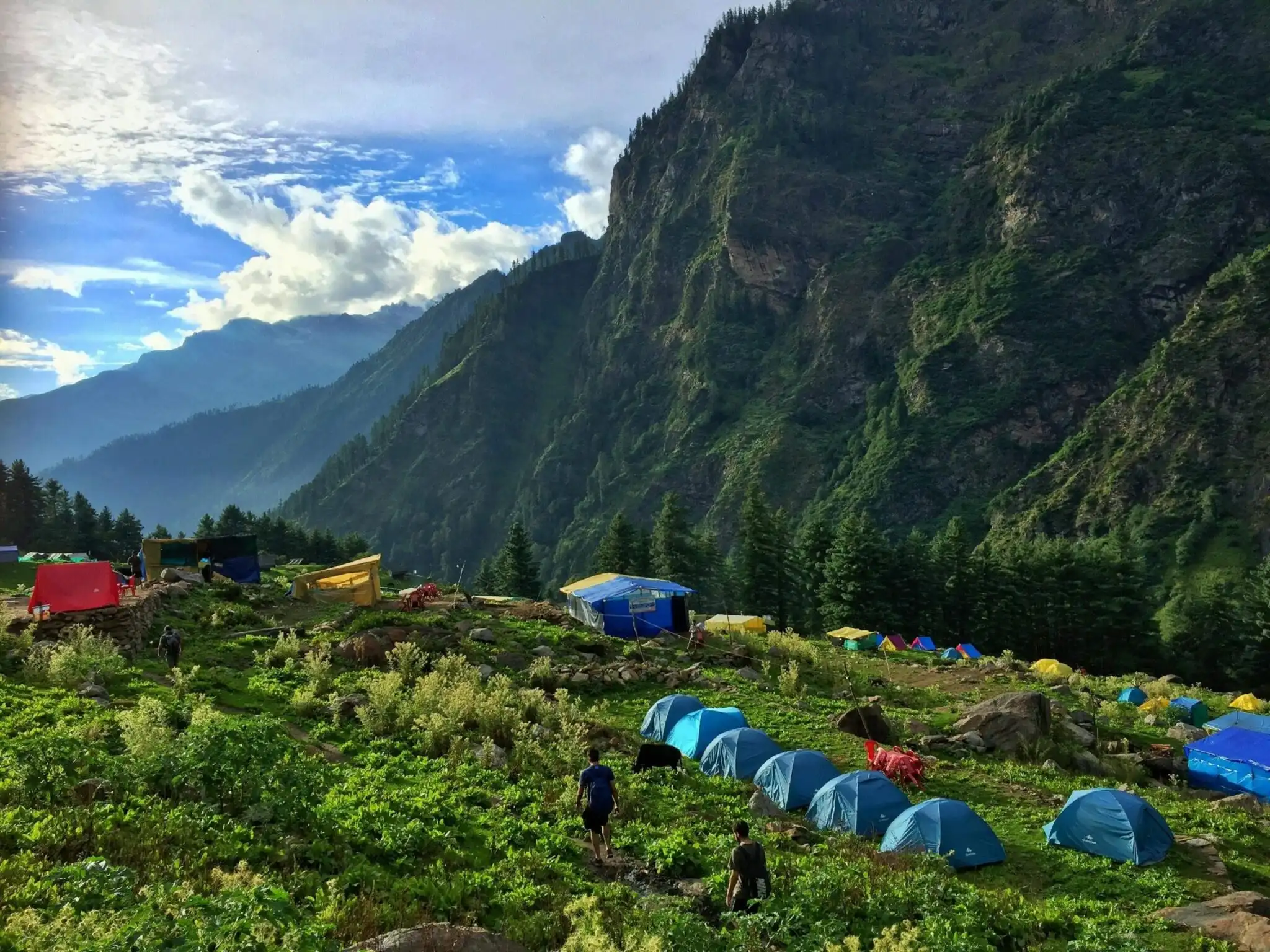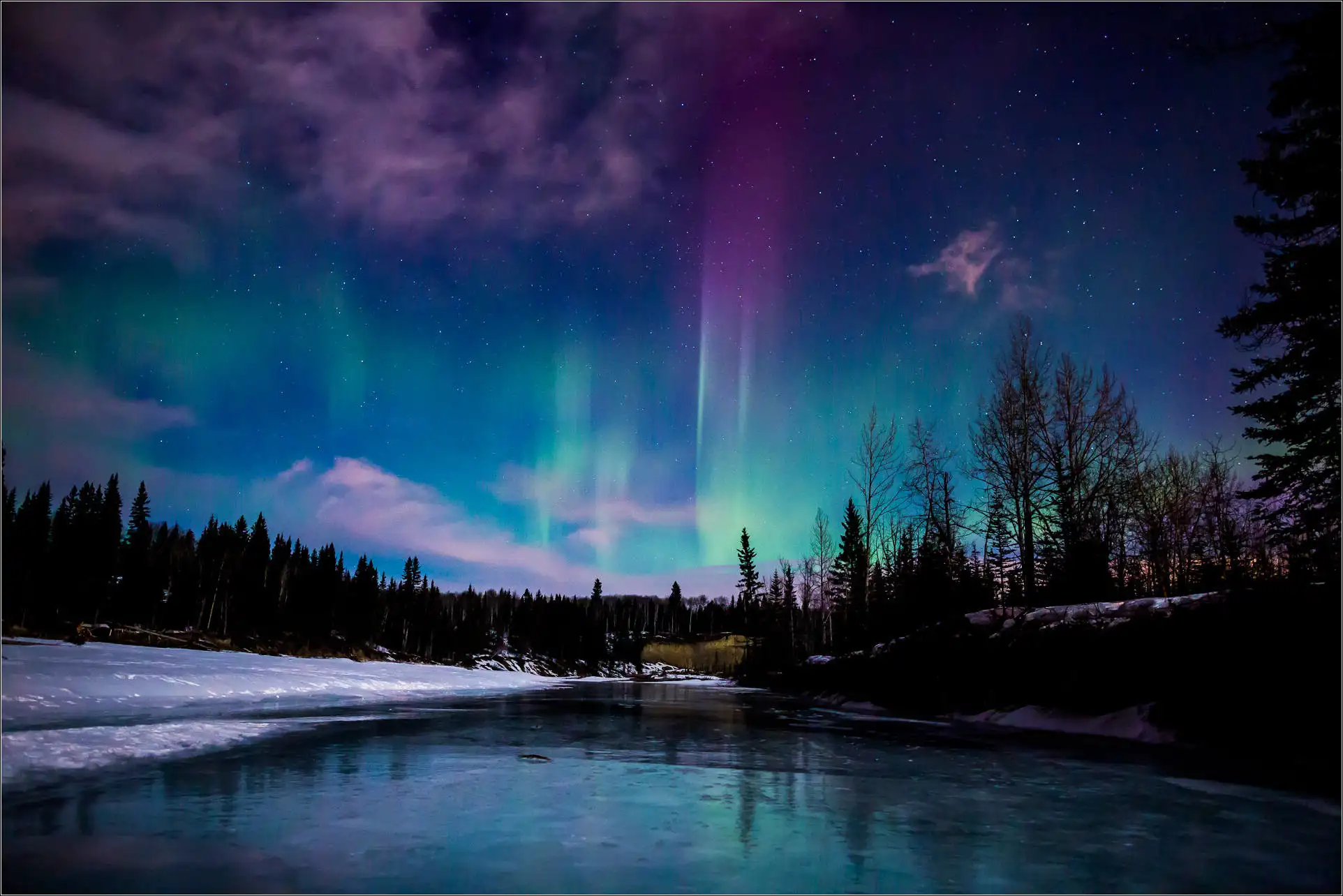Have you ever imagined what it would be like to sail across the ocean? Many envision a serene journey with endless views of the deep blue ocean, majestic marine life, and peaceful surroundings. However, some of the world’s seas and oceans can quickly transform into unpredictable and dangerous environments, especially when extreme weather conditions come into play. Sailors face many challenges, from massive waves to fierce winds, and navigating through such waters requires immense skill, preparation, and courage.
In this article, we will take you on a journey to explore the roughest seas on Earth, examining the factors that contribute to such harsh conditions and highlighting some of the most notorious stretches of water that sailors dread. From icy waters to strong currents and seasonal storms, these seas are where nature’s power is on full display.
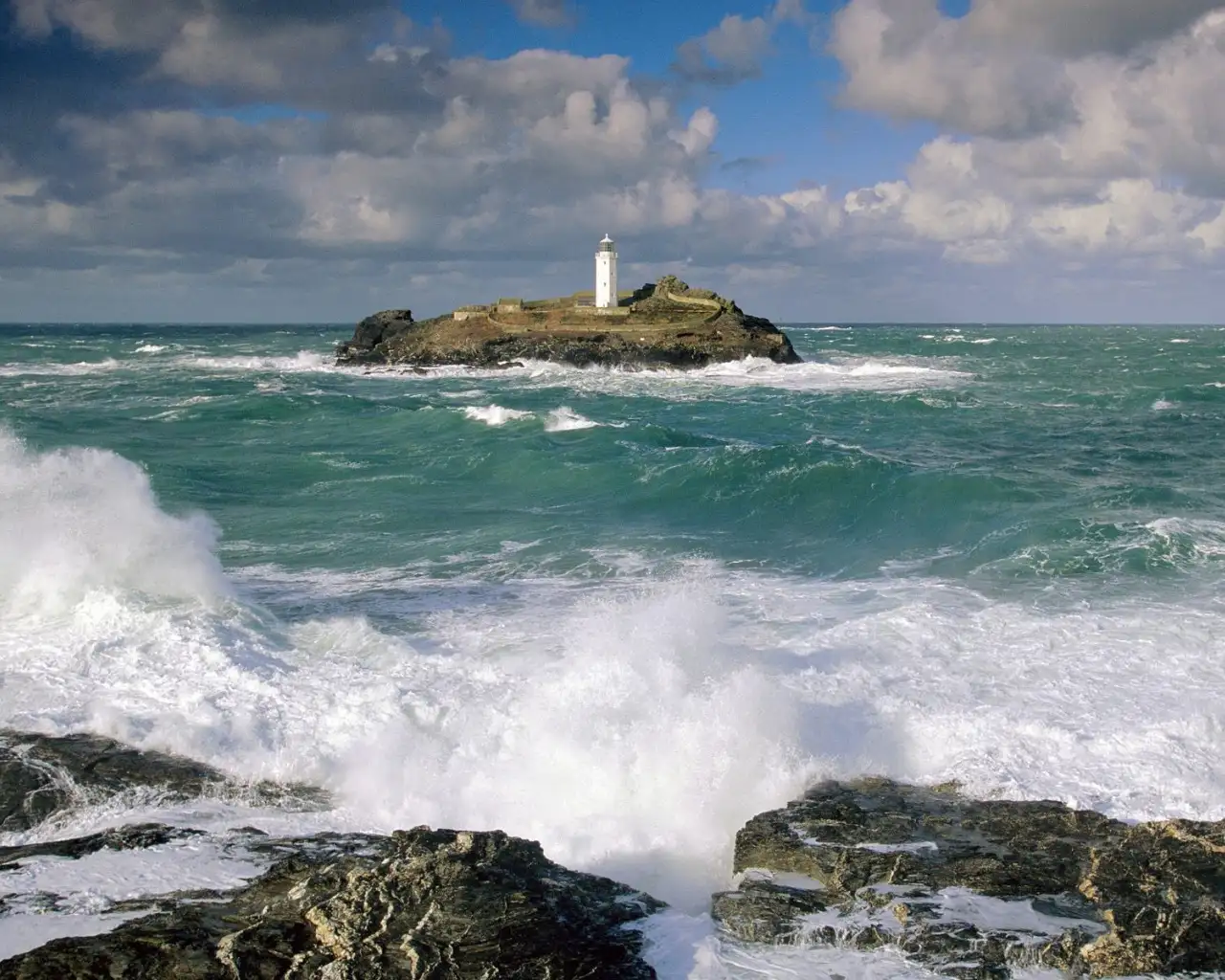
Key Factors for Rough Seas
Before diving into the specifics of the roughest seas, let’s first understand the key factors that contribute to dangerous and turbulent sea conditions. Sailors and mariners must account for several variables that make certain bodies of water particularly hazardous:
- Wind Speed: Wind is one of the primary causes of rough seas. Strong winds can cause waves to grow in size and intensity, especially in open water. Winds often pick up when there are large weather systems, such as storms or low-pressure systems, creating hazardous conditions for vessels.
- Ocean Currents: Ocean currents can significantly impact the roughness of the seas. When strong currents meet winds or tides, they can generate turbulence and large swells, making navigation extremely difficult and dangerous. The interaction between the currents and other weather patterns can amplify the sea’s roughness.
- Geographical Location: The position of a body of water is crucial to understanding how rough it might be. Seas located between landmasses or near the poles tend to experience harsher conditions due to the lack of natural barriers like mountains or landmasses to break the waves.
- Depth: The depth of the water plays a significant role in the type of waves produced. Deeper waters tend to generate larger, more powerful waves, which can be exacerbated by strong winds and currents. Shallower areas may see more choppy waters, but deep seas are often more prone to extreme waves.
- Seasonal Storms: Many of the roughest seas experience seasonal storms, such as hurricanes, typhoons, or monsoons. These powerful weather systems can generate extreme wind speeds, waves, and rainfall, turning even the most peaceful of seas into dangerous, storm-tossed waters.
While these are some of the most common contributing factors, it is important to note that weather conditions are often unpredictable. The need for up-to-date weather forecasting and proper preparation for any journey is vital for ensuring the safety of sailors and passengers.
Explore the World’s Roughest Seas
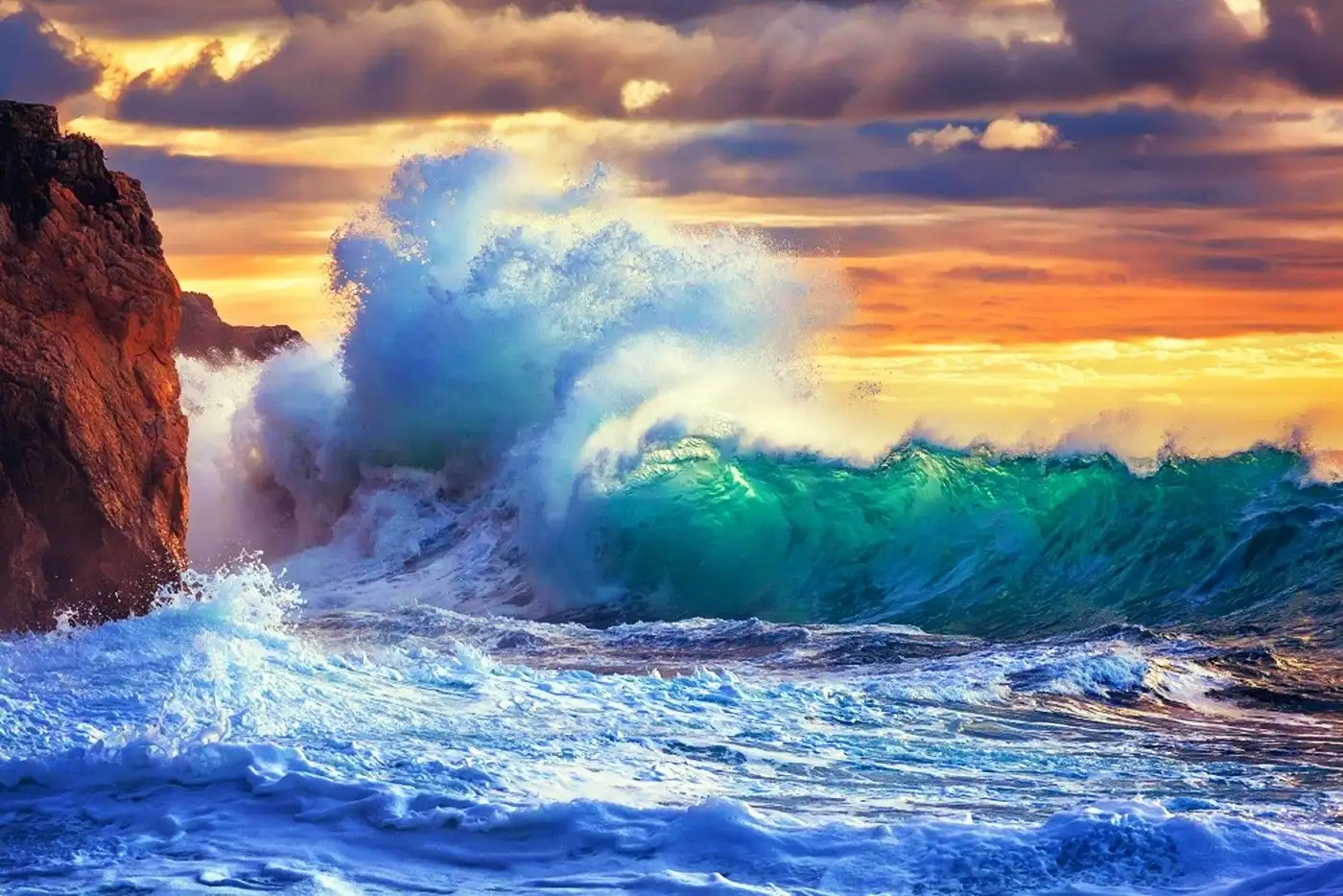
Let’s now delve into some of the most infamous and dangerous bodies of water around the world where the seas are known to be rough, harsh, and unforgiving.
1. Irminger Sea
The Irminger Sea is located in the North Atlantic Ocean, between the southern Denmark Strait and Greenland. Stretching about 500 kilometers, the Irminger Sea has long been known as one of the roughest seas in the world. It lies in an area where strong ocean currents collide with cold waters from the Arctic, creating unpredictable and extreme weather conditions.
The North Atlantic Current that flows into the Irminger Sea contributes to the region’s harsh conditions. These currents create low-pressure systems that bring about violent storms, heavy rainfall, and powerful winds. The turbulence and disruption in the water cause waves that are treacherous for smaller vessels. Additionally, the proximity to Greenland means that icebergs are sometimes present, further increasing the danger to sailors.
The combination of strong winds, low-pressure systems, and the cold Arctic waters makes the Irminger Sea a particularly daunting stretch of water for any sailor or vessel.
2. Drake Passage
The Drake Passage is a 500-mile stretch of water situated between Cape Horn at the southern tip of South America and the South Shetland Islands near Antarctica. This waterway is notorious for its unpredictable and often violent weather conditions. It is considered one of the most dangerous passages in the world due to its open location and lack of nearby landmasses.

What makes the Drake Passage so perilous are the strong winds, massive waves, and deep waters. The ocean currents in this region are notoriously strong, and combined with the winds coming from the Southern Ocean, they can generate waves as high as 30 feet. With no land nearby to offer shelter, the passage is vulnerable to extreme storms, which can make navigation extremely difficult.
Despite its beauty, with towering icebergs and an ocean filled with marine life, crossing the Drake Passage requires tremendous skill and preparation. It is a critical point for travelers embarking on Antarctic expeditions and one of the most feared passages in the world.
3. Bay of Biscay
The Bay of Biscay is located off the coasts of Spain and France, covering an area of more than 223,000 square kilometers. This region is infamous for its wild and unpredictable weather, particularly during the winter months. During summer, the Bay of Biscay is a popular destination for marine life sightseeing and cruising, but winter brings the full force of the ocean.
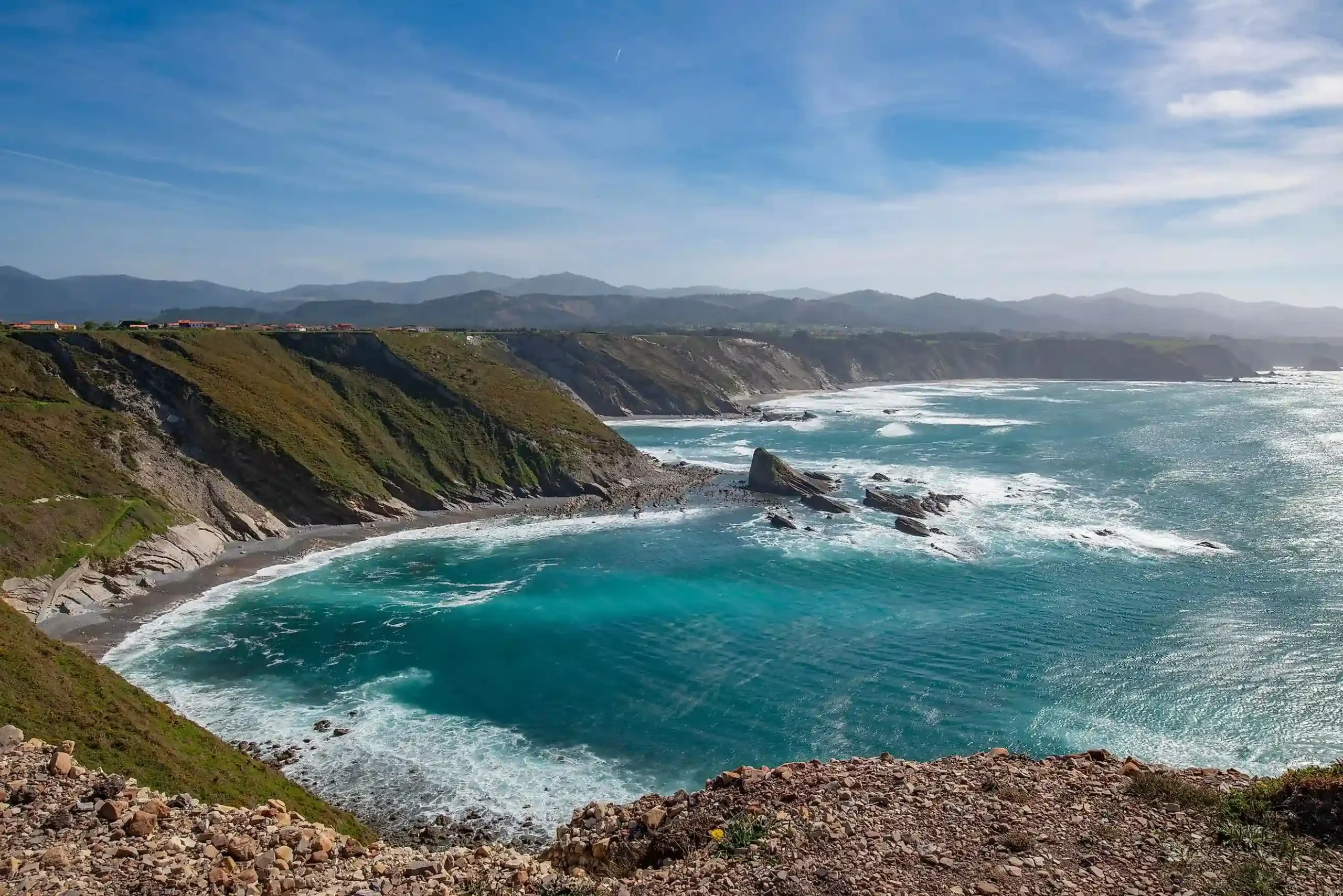
During the winter, the Bay of Biscay is known for its powerful storms, fierce winds, and towering waves that can reach up to 30 meters. These violent storms often form due to the clash of warm and cold air masses over the water, making the region particularly hazardous for sailors. The waves and winds can create chaotic sea conditions, making the crossing dangerous.
Given the severe weather patterns, travelers crossing the Bay of Biscay should be prepared for turbulent waters, especially during the winter storm season. Even experienced sailors can find the bay difficult to navigate under these conditions.
4. The Southern Ocean
Encircling Antarctica, the Southern Ocean is one of the most challenging and remote seas in the world. With freezing temperatures, strong winds, and rough seas, it is a region that only the most experienced sailors dare to navigate. The Southern Ocean is known for its constant storms and the absence of any landmass to block the fierce winds and waves.
The Southern Ocean is considered to be the most treacherous of all the world’s oceans. With swirling Antarctic currents and relentless winds, it is an area where extreme weather can occur without warning. In addition to powerful winds and waves, freezing conditions often lead to icy seas and the potential for icebergs, adding another layer of difficulty for vessels passing through.
Sailing in this region requires specialized ships, equipment, and expertise. The Southern Ocean’s brutal conditions and isolation make it one of the most dangerous places to navigate.
What About Calmer Seas?
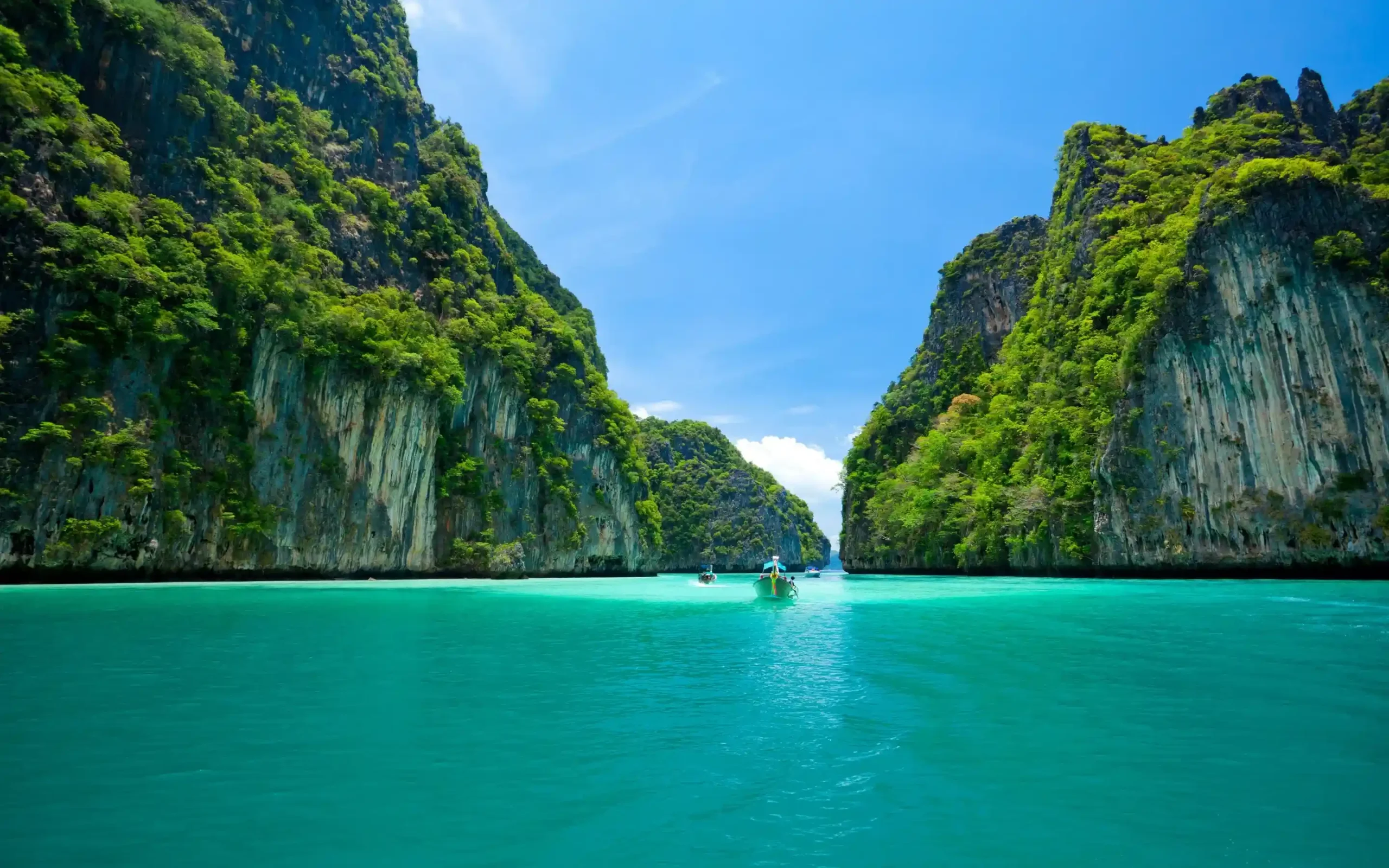
While there are several seas around the world that are known for their rough and unpredictable conditions, there are also many calm seas that offer safe and pleasant conditions for sailing and exploring. These seas provide a peaceful and beautiful environment for travelers, allowing them to experience the natural wonders of the ocean without the worry of dangerous weather.
The Andaman Sea
The Andaman Sea is located in the Gulf of Thailand, bordered by Thailand, Myanmar, and Malaysia. Known for its pristine turquoise waters and calm conditions, the Andaman Sea offers one of the most serene and peaceful sailing experiences. This sea is perfect for beach lovers, marine life enthusiasts, and anyone seeking a relaxing escape.
While the Andaman Sea can experience some rainfall during certain months, the best time to visit is from February to May, when the weather is dry, and the sea is calm. The waters are warm and clear, making it an ideal destination for snorkeling, diving, or simply lounging on the beach. The islands along the Andaman Sea, such as Phuket and Krabi, are some of the most popular tourist destinations in Thailand.
The Caribbean Sea
The Caribbean Sea is renowned for its crystal-clear waters, warm temperatures, and beautiful islands. This region, which includes the coasts of Mexico, Cuba, the Bahamas, and many other islands, is one of the world’s most popular sailing destinations. The calm seas make it an excellent place for leisurely cruises, water sports, and beach vacations.
The Caribbean is blessed with steady trade winds, gentle currents, and warm, inviting waters. Although storms can occasionally affect the region, the sea conditions remain relatively mild year-round. The calm waters and pleasant climate make it a perfect destination for those seeking a more relaxed and enjoyable sailing experience.
Conclusion
The ocean is a vast and unpredictable place, full of both beauty and danger. From the treacherous Irminger Sea and Drake Passage to the violent Bay of Biscay, the roughest seas in the world present sailors with immense challenges. These seas are characterized by powerful winds, massive waves, and extreme weather conditions that make navigation perilous.
However, there are also serene and calm seas, such as the Andaman Sea and the Caribbean Sea, where travelers can enjoy tranquil conditions, clear waters, and safe sailing experiences. Whether navigating the fierce waves of the Southern Ocean or relaxing on the beaches of the Caribbean, understanding the nature of these waters and preparing for the journey is essential.
For those venturing into the more dangerous seas, knowledge of weather patterns, proper equipment, and sailing experience are key to ensuring a safe and successful voyage.
FAQs
1. What causes rough seas?
Rough seas are caused by a combination of factors such as strong winds, ocean currents, storms, geographical location, and water depth. These factors can generate large waves and unpredictable weather conditions.
2. Which are the roughest seas in the world?
Some of the roughest seas include the Irminger Sea, Drake Passage, Bay of Biscay, and the Southern Ocean. These bodies of water are known for their extreme weather conditions, including powerful winds, large waves, and violent storms.
3. Why is the Drake Passage dangerous?
The Drake Passage is considered one of the most dangerous seas due to its unpredictable weather, massive waves, and deep waters. The lack of nearby landmasses and the clash of ocean currents and winds create hazardous conditions for sailors.
4. When is the best time to sail the Andaman Sea?
The best time to visit and sail the Andaman Sea is from February to May, as the weather is dry, and the sea is calm. These months are generally storm-free, making it ideal for beach vacations and water activities.
5. Can the Bay of Biscay be sailed safely in winter?
The Bay of Biscay can be incredibly dangerous in winter due to the violent storms, strong winds, and large waves. It is advisable for sailors to avoid crossing the Bay during this time unless well-prepared for the harsh conditions.
6. What makes the Southern Ocean so perilous?
The Southern Ocean is one of the most perilous seas due to its freezing temperatures, constant storms, icebergs, and deep waters. The lack of nearby land to shelter vessels from strong winds and waves increases its danger.
7. Are there any calm seas for sailing?
Yes, there are many calm seas, such as the Andaman Sea and the Caribbean Sea, known for their tranquil waters and pleasant weather, making them ideal for leisurely sailing, beach vacations, and marine life exploration.


